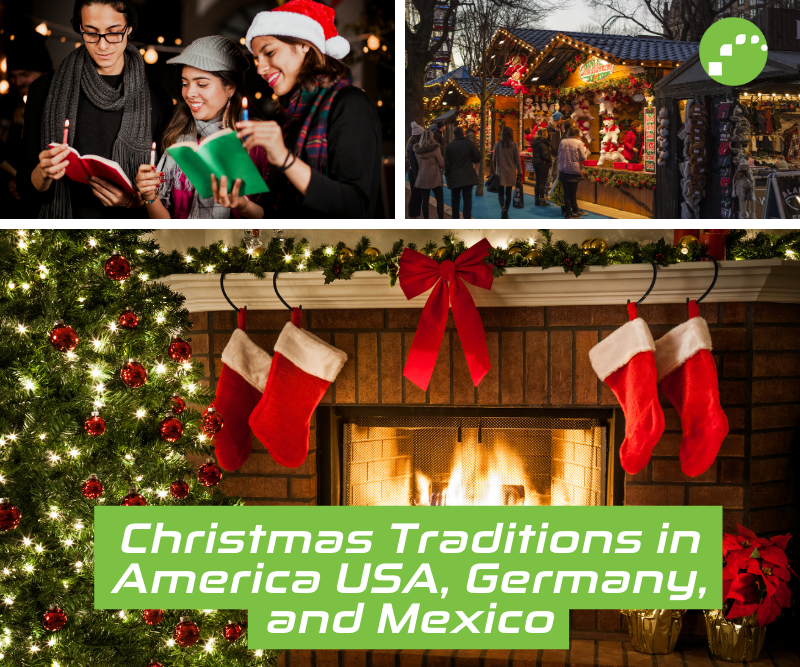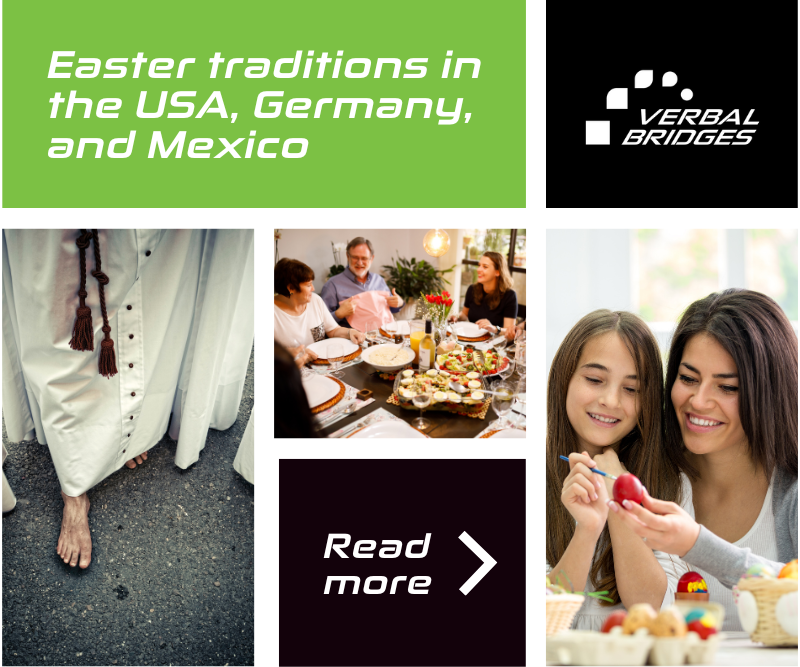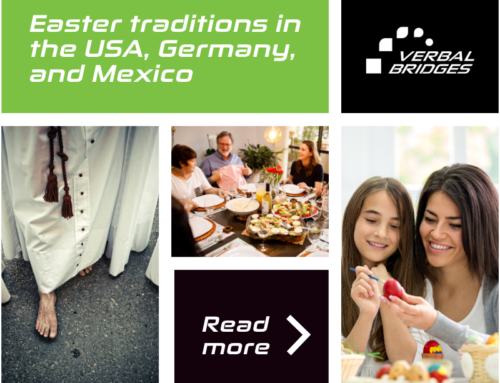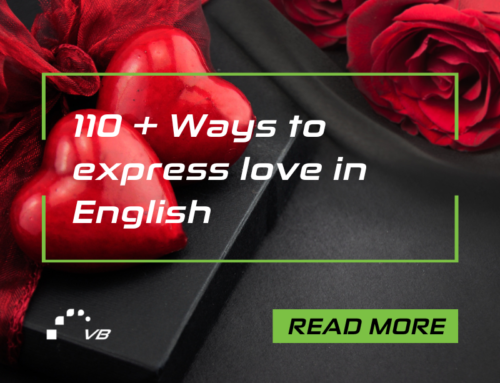
The traditions vary from country to country. Different cultures adapt them to their specific needs.
Christmas Traditions in America USA
In America USA, people celebrate Christmas on December 25. Americans like to decorate the facades of their houses with lights and statues of Santa Claus, Reindeer, and even Snowmen. Some families use popcorn threaded on strings to decorate Christmas trees at home.
German immigrants were the first ones to put up Christmas trees in Pennsylvania, USA. It was in the 1830s. Back then, many people considered it odd. Then the Puritans believed that it was a religious festival. Thus, in 1659 in Massachusetts, they established a law stating that people must celebrate Christmas by going to church. It is believed that the first Christmas tree in a home was put up in 1832 by a German refugee – Charles Follen of Boston.
On Christmas Eve, families gather together. Traditional dishes are turkey, stuffing, mashed potatoes, gravy, and cranberry sauce.
People may also prepare some food, wrap gifts, and finish decorating their homes together.
Meanwhile, kids are waiting for gifts from Santa Claus. They put out some milk and cookies near a chimney for Santa Claus and the reindeer as a treat because children believe that Santa Claus and the reindeer come through a chimney. As a part of the tradition, kids hang up stockings on the fireplace so that Santa Claus can put the gifts inside. But for the naughty kids, Santa Claus brings only a lump of coal.
Americans go to churches for candlelight or midnight masses. There, the Nativity is played out, and people sing carols.
There are some particular traditions in the Southwest USA that are similar to the ones in Mexico. For example, paper sacks – “’luminarias” or “’farolitos.” They are small paper lanterns. People partly fill them with sand, put a candle in them, and they light them on Christmas Eve. “’Luminarias” or “’farolitos” depict ‘lighting the way’ for Mary and Joseph to stay a place to stay at.
Another similarity is tamales. Tamales is a dish that is nixtamalized cornmeal dough wrapped in corn leaves and steamed.
American Christmas Greetings:
Merry Christmas!
Merry Christmas, and have a great time.
Happy Holidays!
I wish you a happy Christmas.
Have a nice time.
Christmas Traditions in Mexico
Christmas holidays in Mexico are not celebrated only on December 25th. It is a celebration from December 12th to January 6th.
From December 16th to Christmas Eve, kids perform Las Posadas (an extended devotional prayer). In Las Posadas two people wear costumes that represent Mary and Joseph. Some houses are designed as “inns.” The main person carries a candle inside a paper shade. Dressed up, people go from door to door, singing a song. Owners of houses open the doors and let “Mary and Joseph” come in, and they bow down around the Nativity scene to pray.
Besides Las Posadas, there is another play – Pastorelas (The Shepherds). This is a story of shepherds who are looking for a baby Jesus. Pastorelas are usually funny. Evil tries to stop good shepherds. But in the end, good overcomes evil.
Piñata is often played at Last Posadas. Piñata is a decorated form, which is often made from papier-mâché. There are toys and sweets inside of it. Piñata hangs from a height. Kids are supposed to break it with a baseball bat, for example, being blindfolded. Then the children hurry to pick up as many sweets as they can.
“El nacimiento” is very popular in Mexico. It is a nativity scene or construction of nativity scenes. It refers to the various types and models of plastic representation of the birth of Jesus Christ. Often people decorate a whole room in a house for “el nacimiento”. Usually, the figures are Mary, Joseph, Jesus, the Shepherds, and the Three Kings. They can be life-size and made of clay. Mexicans add the baby Jesus to the scene on the evening of Christmas Eve.
Christmas Eve is called “’La Noche Buena.” Mexicans spend this day with their families. They take part in the final Posada and after having the main Christmas dish. Typical Chrismas dishes may include Pozole ( is a traditional Mexican broth made from nixtamalized corn grains, commonly of the cacahuazintle variety, to which meat, vegetables, and spices are added), turkey, tamales, roast pork, salt cod, romeritos (boiled tender sprigs of seepweed, served in a mole sauce seasoned with shrimp jerky blended into the mix.), and salads (for example, Christmas Eve salad). Buñuelos are served for dessert. Buñuelos are made of is a fried dough fritter with a topping.
Another tradition is that people go to church for a Midnight Mass service at midnight. In Spanish, it is called “Misa de Gallo,” and it means “ Mass of the Rooster,” i.e., people have to wake up before roosters.
Spanish Christmas Greetings:
¡Feliz Navidad! – Merry Christmas!
Feliz Navidad, que la pase muy bien. – Merry Christmas, have a great time.
Que la pasen lindo. – Have a nice time.
¡Felices Fiestas! – Happy Holidays!
Te deseo una Feliz Navidad. – I wish you a happy Christmas.
Christmas Traditions in Germany
In Germany, Christmas days are December 25 and 26. However, the spirit of Christmas “reigns” in the country much earlier, in November or in the beginning of December, when Advent time (die Adventzeit) begins.
Christmas markets open in the central squares with the smells of cookies, mulled wine (Glühwein), and wonderful handmade Christmas decorations.
Houses, apartments, and shop windows are decorated with Christmas garlands. In almost every house or apartment, you can see beautiful round wreaths (der Adventkranz) made of Christmas tree branches with four candles. Usually, you can see them on a table in a living room.
Modern decorative wreaths can be made from sweets, flowers, or Christmas decorations. Such wreaths but without candles can be seen on the front doors of houses. Four candles on advent wreaths are lit in turn in houses in Germany on the four Sundays preceding Christmas. These are symbols of those events that are connected with the birth of Christ because, in Latin, “adventus” means arrival or coming.
Many families install Weihnachtskrippe (installations with figurines of people and animals, with a landscape depicting a Christmas story). Advent is the time of expectation and preparation for the main date of the year – the birth of Christ. This 4-week tradition dates back to the 7th century. Advent is a contemplative time, but it is filled with traditions.
Another symbol associated with it is the advent is a calendar (der Adeventkalender). It is especially loved by children. There are 24 windows. They are a kind of “countdown” of the days until the holy evening. They contain chocolate or other small surprises that make the time before Christmas even sweeter.
As soon as the fourth candle in the Advent wreath is lit, there is very little time left until the holy evening of December 24th. This day is the culmination of Christmas time (season) in Germany.
Many people go to church for the Christmas service. After the church, in the early evening, before the big Christmas dinner, Germans present gifts. And kids look for gifts under a decorated Christmas tree. Everyone wishes each other Freue Weihnachten – Merry Christmas.
On Christmas Eve (der Heiligabend), the popular dish is der Kartoffelsalat (a salad with baked potato, pickles, onion, and seasonings). On the first or second day of Christmas, they have a sumptuous feast with roasted goose (Gänsebraten) potato dumplings with red cabbage (Gänsebraten mit Kartoffelklößen und Rotkohl), trout (Forelle), or carp (Karpfen). On other days of Christmas, Germans like to eat meat: goose (Gänse), duck (Entenbraten), roast pork (Schweinebraten) with fried potatoes (Bratkartoffeln) and mushrooms (Pilzen), and many other side dishes (Beilage). Various raclettes are very popular and are ideal for the Christmas table when friends come. Germans love Christmas, so apple strudel with vanilla sauce (Apfelstrudel mit Vanillesoße), cinnamon stars (Zimtsternchen), speculoos cookies (Spekulatius), gingerbread (Lebkuchen), roasted almonds (geröstete Mandeln), fondue (Fondue), and, of course, Stollen (fruit bread of nuts, spices, dried or candied fruit, coated with powdered sugar or icing sugar; often with marzipan) is an integral part of the Christmas menu.
The first and second days of Christmas, December 25 and 26, are public holidays. Many people these days get together with their families. Christmas days are spent in a harmonious and calm atmosphere. And on the next working day, big sales begin in stores, and preparations are underway for New Year’s Eve, which in Germany is called Silvester, and in some regions – Altjahrstag (Old New Year’s Day).
German Christmas Greetings:
Frohe Weihnachten! – Merry Christmas!
Frohe Festtage! – Happy holidays!
Frohe Weihnachten und einen guten Rutsch! – Merry Christmas and a Happy New Year!
Feiert schön! – Celebrate well!
General Christmas Conversation Starters:
- Do you celebrate Christmas in your country? – ¿Celebras la Navidad en tu país? – Feiern Sie Weihnachten in Ihrem Land?
- When do you celebrate Christmas in your country? – ¿Cuándo se celebra la Navidad en tu país? – Wann feiern Sie Weihnachten in Ihrem Land?
- How do you usually celebrate Christmas? – ¿Cómo sueles celebrar la Navidad? – Wie feiern Sie normalerweise Weihnachten?
- What’s your favorite Christmas dish? – ¿Cuál es tu plato navideño favorito? – Was ist Ihr liebstes Weihnachtsgericht?
- Do you like presenting or receiving gifts? – ¿Te gusta hacer regalos o recibirlos? – Was ist für Sie lieber ein Geschenk zu erhalten oder das selbst zu schenken?
- Dekorieren Sie Ihr Haus?
- Do you decorate your house? – ¿Decoras tu casa? – Dekorieren Sie Ihr Haus?
- What do you usually do on Christmas Eve? – ¿Qué sueles hacer en Nochebuena? – Was machen Sie normalerweise am Heiligabend?
- Do you usually look forward to Christmas? – ¿Sueles esperar con expectativa la Navidad? – Freuen Sie sich normalerweise auf Weihnachten?
SPEAK BUILD CONTRIBUTE
Used sources:
Berlin, B. M.-. (2022, December 12). Berliner Morgenpost. Zur Startseite. Retrieved December 13, 2022, from https://www.morgenpost.de/
Christmas Eve: 24 of December 2022 (Saturday). Calendarr. (n.d.). Retrieved December 13, 2022, from https://www.calendarr.com/united-states/christmas-eve/
Christmas in Mexico. Why Christmas. (n.d.). Retrieved December 13, 2022, from https://www.whychristmas.com/cultures/mexico
Christmas in the United States of America. Why Christmas. (n.d.). Retrieved December 13, 2022, from https://www.whychristmas.com/cultures/usa
Classic American Christmas Food Ideas for the holidays – Instacart. (n.d.). Retrieved December 13, 2022, from https://www.instacart.com/company/ideas/american-christmas-foods/
Euer link zu Deutschland. Your link to Germany. (n.d.). Retrieved December 13, 2022, from https://www.deutschland.de/de
Rub. (2021, March 8). Willkommen im Internationalportal der Ruhr-Universität Bochum. International. Retrieved December 13, 2022, from https://international.ruhr-uni-bochum.de/de
Take online courses. earn college credit. Research Schools, Degrees & Careers. Study.com | Take Online Courses. Earn College Credit. Research Schools, Degrees & Careers. (n.d.). Retrieved December 13, 2022, from https://study.com/academy/lesson/german-christmas-greetings.html
Twinkl.com. (n.d.). Retrieved December 13, 2022, from https://www.twinkl.com/blog/christmas-conversation-starters-and-questions
Wirtschaftsforum.de, R. (2019, April 7). Die plattform für Unternehmen. wirtschaftsforum.de. Retrieved December 13, 2022, from https://www.wirtschaftsforum.de/
Easter traditions in the USA, Germany, and Mexico
People celebrate Easter in many countries and have different traditions
6 Tips to defend your point of view in English
Standing up and defending your point of view might be
International Women’s Day
International Women's Day is celebrated every year on March 8th.






